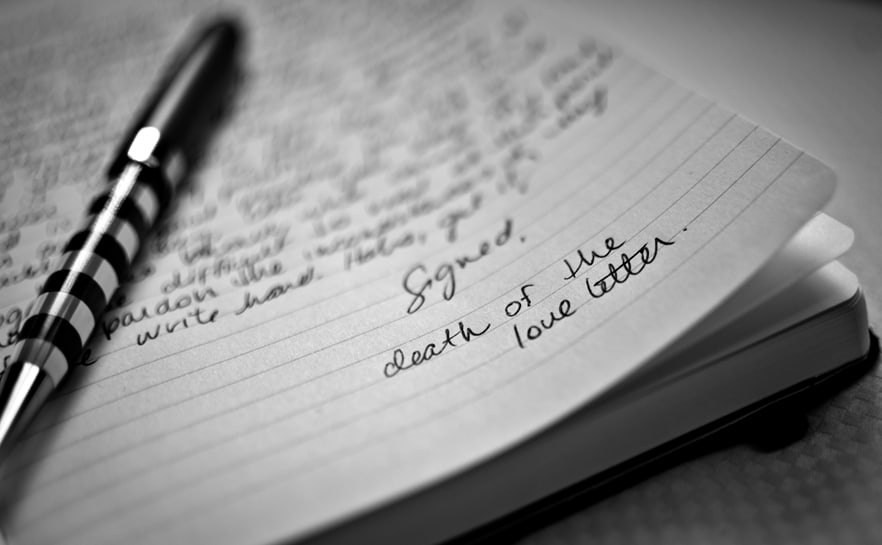In a world where emailing, texting, and instant messaging did not exist, there prevailed a most elegant form of communication. Written with nothing but ink, thought, and consideration, it started with “Dearest…” and ended with “Love…” It was an art that originated in the love and care of two people. Written, folded, enveloped, marked, stamped, posted and then opened, unfolded, read, and kept — once upon a time we used to write love letters.
Despite the fact that the world’s global postal system has managed to stay afloat amidst the frenetic development of communication technology, the hand-written letter has long since been put to rest. As the world discovered the sparkle of the Internet, it forgot the magic that could be made by a pen on paper. We forgot the feeling of receiving an envelope marked with our name in our loved one’s handwriting. We forgot the experience of reading a page filled with another person’s thoughts that may have had a smudge where a tear had fallen or a giant exclamation mark for when they got excited. We lost the sense of anticipation as we waited for the next letter from a loved one to arrive or for ours to reach them. Letters used to be a representation of a relationship — a constant back-and-forth of words that were special to two people because they were written with the greatest care for no one but them.
People reading this may think I’m being overly sentimental. Some may call it old-fashioned or anti-modern or some other fancy label. The simple truth, however, is that the modern day replacements for the letter do not allow for the emotional consideration that used to be written into letters, nor do they do justice to the emotions being conveyed. The act of emailing or texting is a rapid, on-and-off action: read, reply, send, read, reply, send. Forget elegance; forget style, courtesy, and tone; forget checking what you wrote. Modern day communication has a standard format: start with their name, write a message, write your name, add an emoticon or two if they are your friend, and send. Today we write in haste, typing one message after the other without pausing to reflect or think, leaving all the work to spellcheck.
Anyone who has studied the tiniest bit of history and looked at letters as sources will see the striking differences between these two forms of communication. The first has simple and classy eloquence in that letter and mail correspondents address one another and are presented on a “page.” Letters may seem more formal than emails, but words like “hey” and “whatsup” cannot replicate the emotions attached to “my dearest.” Soldiers communicating with families, mothers with children, fathers with colleagues, friends with friends: it was a constant ongoing exchange of life and emotion on paper. That letters were even written is indicative of the strength of communication, and the detailed pages upon pages of writing are not something that Generation Y cares for.
Because of such factors as distance, time, and even circumstances, letters were read with greater anticipation and were written with greater care. Modern technology has shortened distance and time — great progress for communication — but because of the fast-paced nature of modern life, reactions to emails are different than those to letters. There is no personality to email, nor is there any thought. It’s a bunch of words strung together in a casual conversational style. We take it for granted, read, laugh, reply. It’s a robotic response, not personal.
So yes, today’s emails and texts lack the emotional depth of hand-written letters, but they do enable us a quick and efficient connection that could not be done with pen and paper. Still, it wouldn’t hurt once in a while to actually think about what we’re writing and read over what we have written really carefully with thought and consideration before hitting “send.”
Perhaps it’s time we dig up our boxes of letters and learn a few things about true communication.


